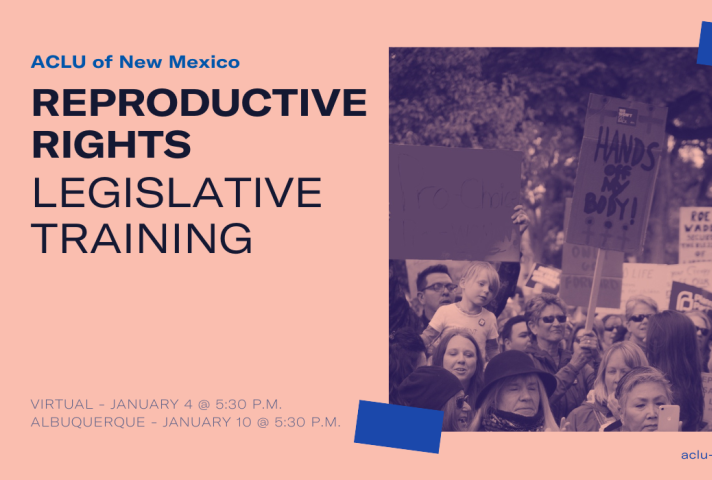Immigrant rights organizations and direct legal service providers sent a letter to the ICE Health Service Corps on Friday requesting an urgent investigation into a worsening medical and mental healthcare crisis at the Torrance County Detention Facility.
The Torrance facility, in Estancia, is operated by the private prison company CoreCivic and detains immigrants and asylum seekers in U.S. Immigration and Customs Enforcement (ICE) custody. The facility failed an ICE-contracted inspection last year and has been the subject of numerous civil rights complaints. It has been investigated by the U.S. Department of Homeland Security’s Office of Inspector General, which in a report just earlier this year called for the immediate depopulation of the facility after finding “egregious” conditions and medical deficiencies.
In August, Kesley Vial, an asylum seeker from Brazil, died following a fatal suicide attempt while detained in Torrance. Following his death, and in response to worsening conditions and unconscionably inadequate mental health care, people detained at Torrance staged a hunger strike.
The letter sent Friday was signed by the American Civil Liberties Union (ACLU) of New Mexico, along with Innovation Law Lab, New Mexico Immigrant Law Center, Las Americas Immigrant Advocacy Center, Justice For Our Neighbors (JFON) El Paso and Santa Fe Dreamers Project.
It includes a report written by Humanitarian Outreach for Migrant Emotional Health (HOME), whose clinical professionals after interviewing people detained in the facility and reviewing medical records identified serious healthcare failures including:
- Grievous shortfalls in the TCDF suicide prevention protocols and practices as compared to evidence-based best practices;
- Fear among asylum-seekers detained in the TCDF of disclosing suicidal thoughts to TCDF healthcare staff due to the risk of being placed in solitary confinement; and
- Serious and disturbing inadequacies in the TCDF mental healthcare records.
In October, New Mexico Sen. Martin Heinrich and Sen. Ben Ray Luján sent a letter to ICE calling on the agency to terminate its contract to detain people in the “inhumane” Torrance facility.
'They Treat Us Like We're Animals:' Inside Torrance County's Troubled Detention Center
Advocacy Groups Submit Records Requests Seeking Transparency in Troubled Torrance Detention Center
ACLU-NM and Immigrant Rights Groups Call for the Immediate Release of People Detained in Torrance County Detention Facility, and for the Termination of its ICE Contract
